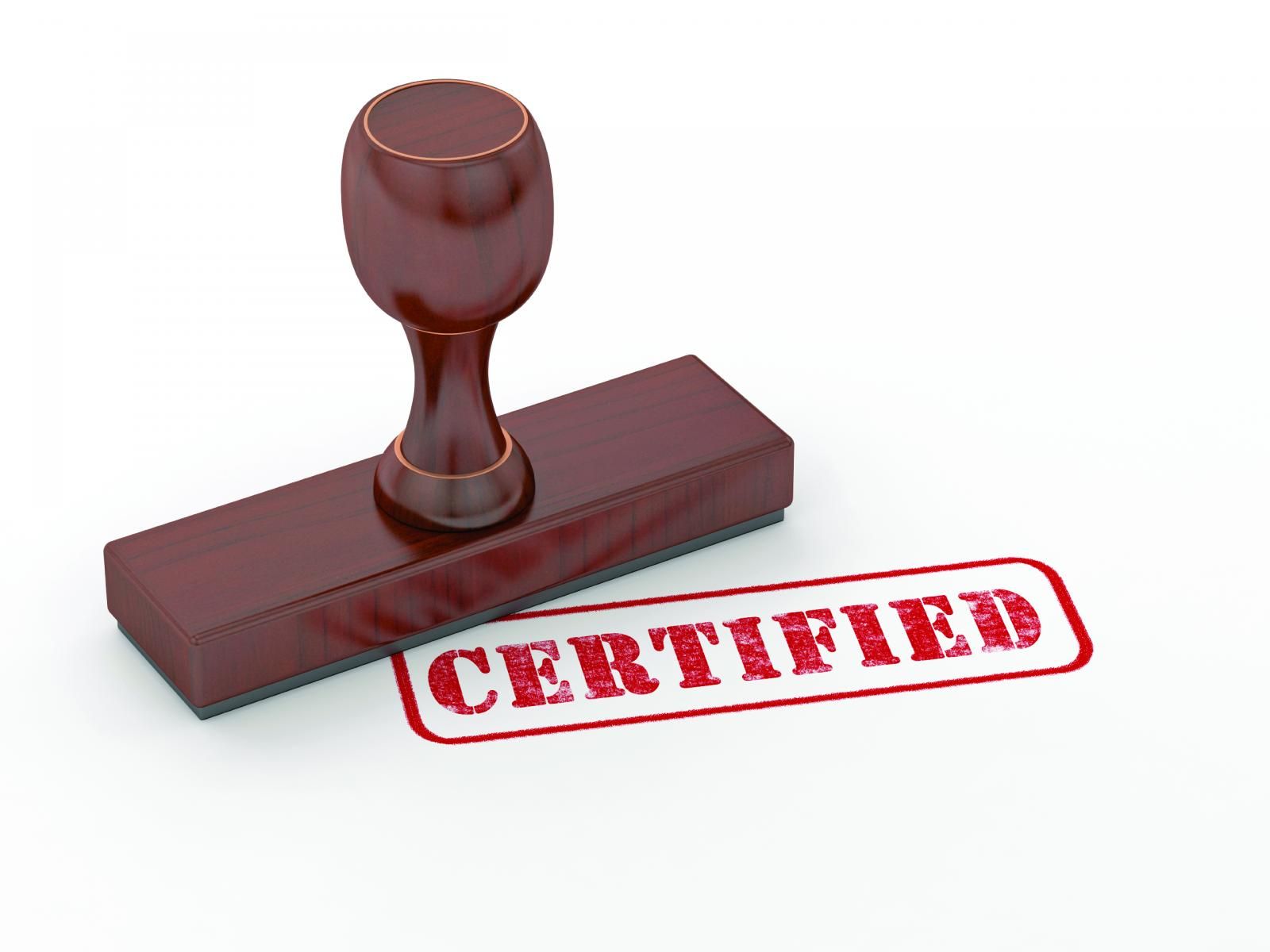Natural Astaxanthin Verification Program to Launch in Q1 2016, NAXA Says
The association is now in the process of drafting quality standards for algae biomass that will eventually feed into a verification program and seal the association plans to roll out in Q1 2016.
Photo © iStockphoto.com/volk65

Astaxanthin suppliers, specifically suppliers of Haematococcus pluvialis-derived astaxanthin, may soon be able to take advantage of a new certification program being created by the Natural Algae Astaxanthin Association (NAXA). The industry group founded itself last year in an effort by its members to draw distinction to Haematococcus pluvialis algae astaxanthin, which the suppliers deem natural and more beneficial compared to synthetic astaxanthin ingredients.
Longtime dietary supplement industry member Scott Steinford, who this summer was named the new president of NAXA, says that the association is now in the process of drafting quality standards for algae biomass that will eventually feed into a verification program and seal that the association plans to roll out in Q1 2016. The quality standards will cover points such as assays, processes, cGMP standards, and impurities. These qualitative and quantitative standards and test methods will not only address adulteration but also "assure finished product manufacturers and consumers that the astaxanthin they are purchasing is natural astaxanthin derived from Haematococcus pluvialis," NAXA says. The program will be called the Natural Astaxanthin Verification Program (NAVP).
According to Steinford, the process of developing the standards is one reason the association has been delayed in increasing its membership, which so far is limited to four companies: founding members Cyanotech (Kailua-Kona, HI), Algatechnologies Ltd. (Kibbutz Ketura, Israel), and Fuji Chemical Industry Company, Ltd. (Toyama, Japan), as well as new member Beijing Gingko Group (BGG), based in China.
The standards are currently being developed as NAXA’s members come to agreement on what they should encompass. The members will then be able to seek verification under the new certification program.
Steinford says his hope is that one day, the group can create standards that would apply to the supply chain beyond just biomass producers. “As we roll it out further down the supply chain, others will be able to” take advantage of verification, too, he says. “But it will be a carefully constructed audit procedure, so the further down the supply chain, the harder the audit process is,” he adds. The ultimate goal, he says, is for standards for natural astaxanthin to “work their way down the supply chain and eventually become a part of the consumers’ information to assure that they’re getting the right dosage and amount and quality of astaxanthin.”
As for third-party auditors, Steinford says, “We have identified two separate labs at this point that have a standard in place and that is based on the USP methods."
Steinford says the astaxanthin market as a whole holds a lot of promise-one of the reasons he decided to come on board NAXA. “I believe that astaxanthin is a very important ingredient to the industry, and it is one that has achieved considerable education and information in a very short period of time.”
As the ingredient’s profile rises, he says that quality control will become evermore important-especially in times of raw-material shortage, which has been known to affect the astaxanthin supply chain in the past.
“One of the things that happens that I’ve witnessed in shortage situations that I’ve been in before is that adulteration can occur and confusion can occur and inferior products can emerge,” Steinford says. “NAXA is a group of natural algae astaxanthin association members that are dedicated to educating and protecting the Haematococcus algae-specific production, and the importance of that is that Haematococcus is the algae and the method that has been used primarily for the studies that have proven the efficacy of the products. So using anything else is going to be somewhat counterproductive to our success of the industry.”
Former NAXA president Ed Wyszumiala had surmised that NAXA would one day start policing the astaxanthin space to test finished products and label claims. Steinford says the group would still like to do this, but nothing is in the works now. “We want to do, but I mean, economically, it’s challenging. We want to do it, and it is our intention to do it eventually. There may be times, if we have concerns that are really economically motivated, if a product out there is so inexpensive that it causes concern, then we may look at it. That’s something that NAXA can do that the individual manufacturers can’t necessarily.”
The good news is that buzz around astaxanthin is healthy, he points out. Also good news is that more manufacturers are raising their astaxanthin dosages. “The dosages a couple of years ago were typically around 4 mg, but more and more offerings of 12 mg are occurring, and, in some cases, even higher than that. But 12 mg is becoming the standard dosage,” Steinford says. “So, from a volume standpoint, that’s increasing, and from a retail standpoint, that’s increasing. And the supply is emerging to keep up with that. The shortage that was apparent in 2013 is virtually nonexistent. We believe there’s a stability of supply and demand that we can manage and still be competitive in the marketplace.”
Also read:
Astaxanthin Suppliers Unite to Promote Natural over Synthetic Forms
Natural Versus Synthetic Ingredient Debate
2015 Ingredients to Watch for Food, Beverage, Supplements: Algae
Jennifer Grebow
Editor-in-Chief
Nutritional Outlook magazine
jennifer.grebow@ubm.com
Prinova acquires Aplinova to further increase its footprint in Latin America
April 7th 2025Prinova has recently announced the acquisition of Brazilian ingredients distributor Aplinova, which is a provider of specialty ingredients for a range of market segments that include food, beverage, supplements, and personal care.










